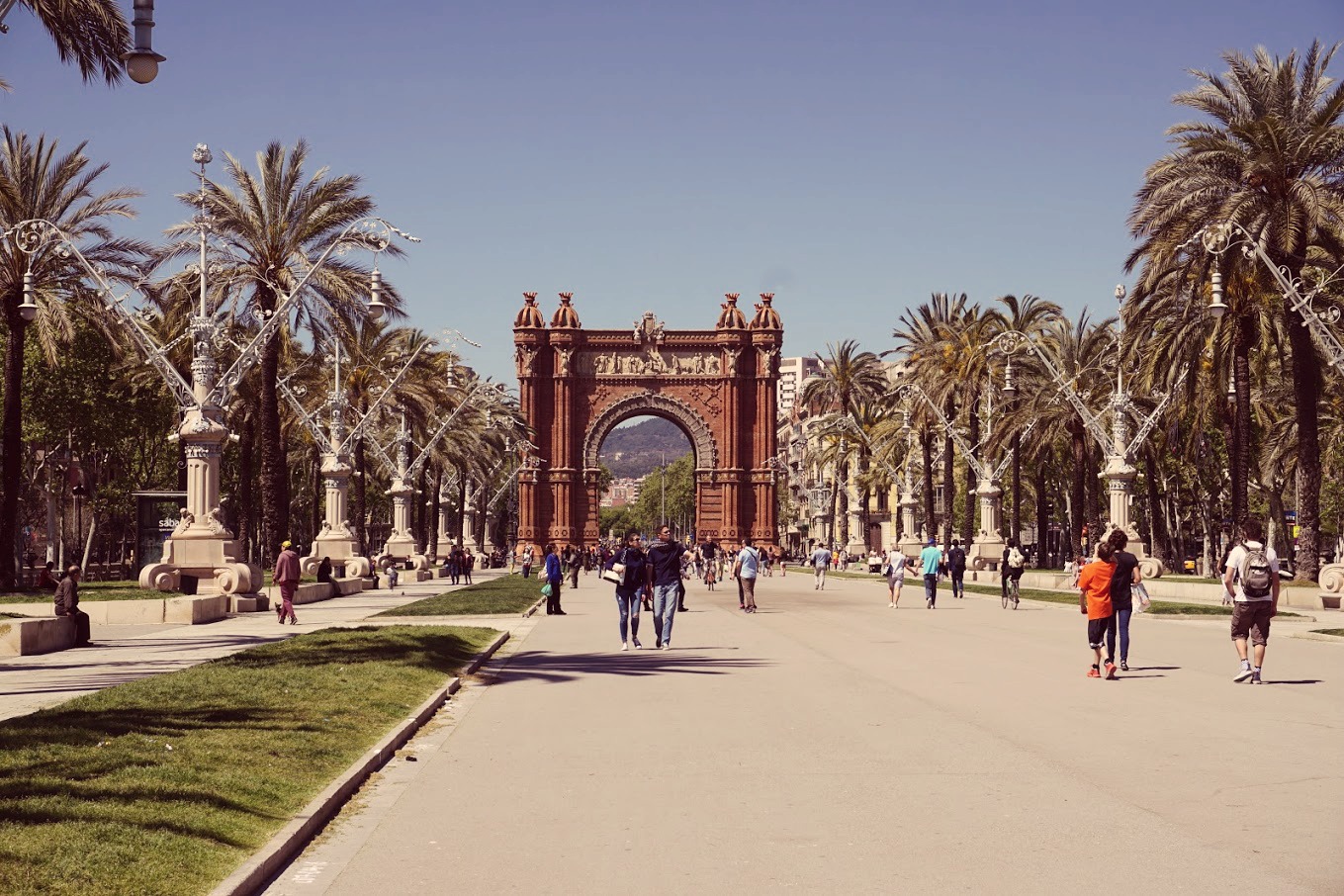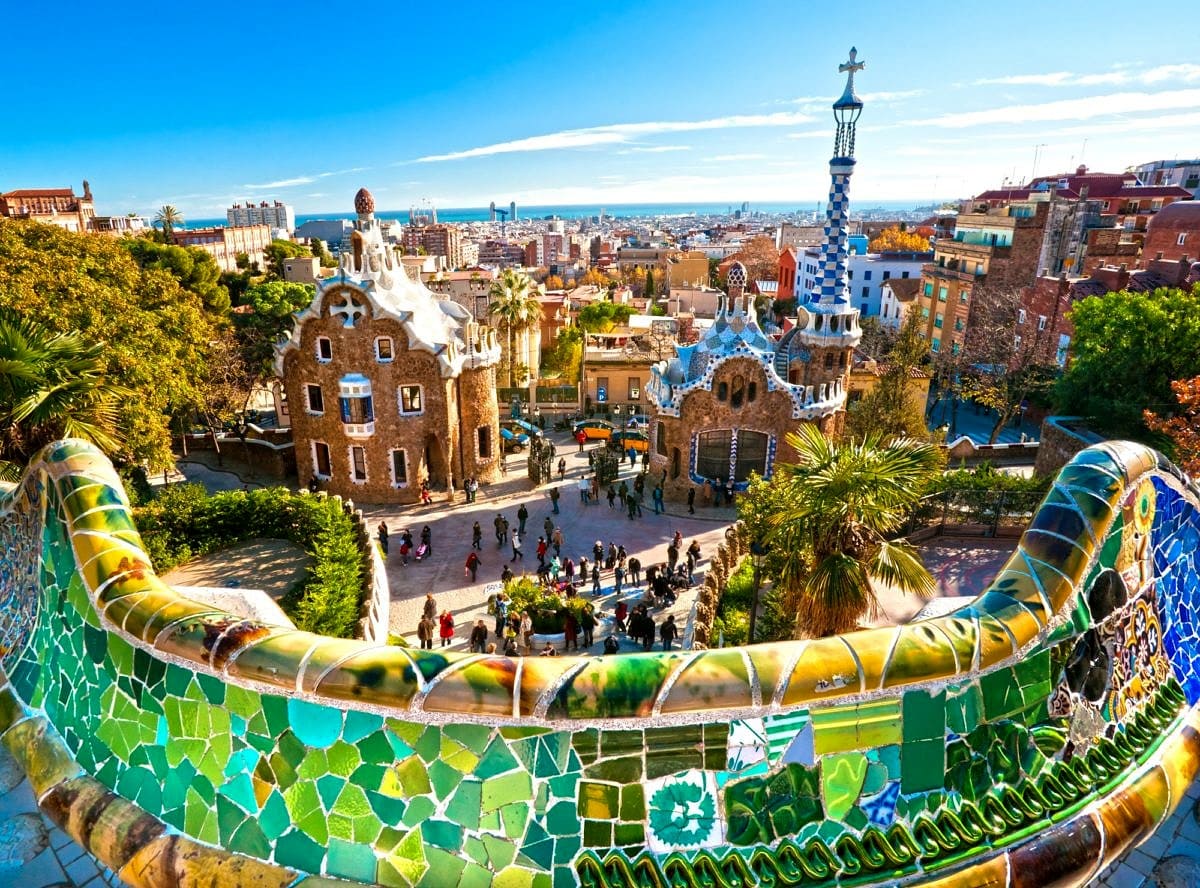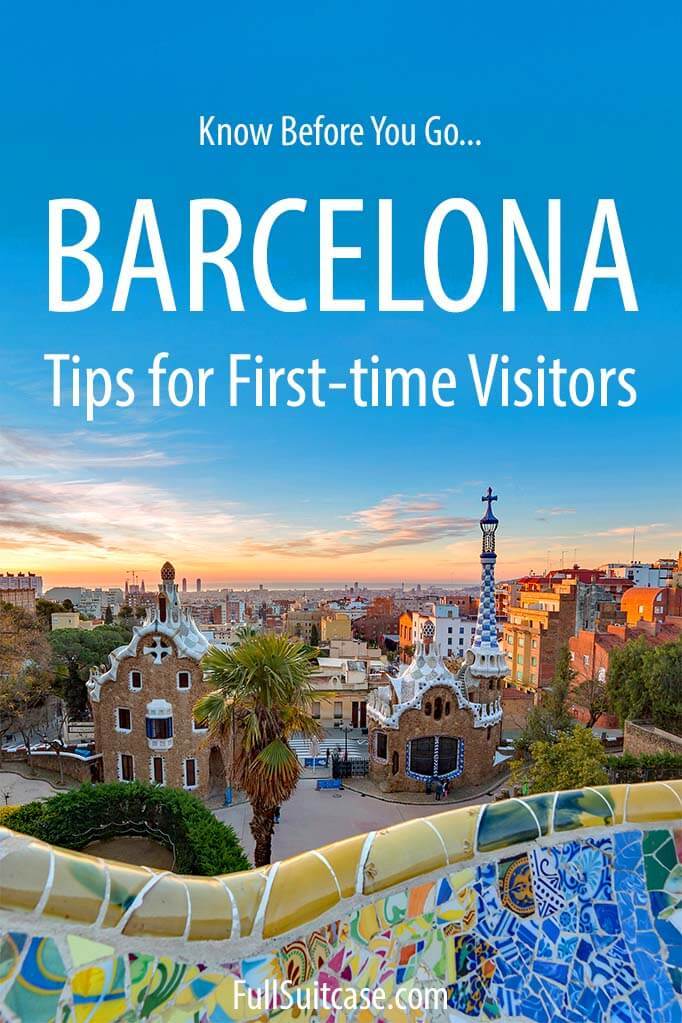Barcelona is often hailed as one of the best travel destinations in Europe, with its stunning architecture, rich history, and vibrant culture. However, like any major tourist city, it has its downsides. As someone who has traveled there multiple times, I’ve experienced both the highs and lows of this enchanting city. In this comprehensive guide, we’ll delve into the negatives of traveling to Barcelona, providing you with valuable insights to help you make the most of your trip.
Table of Contents
- Overcrowding: A Tourist Trap?
- The Cost of Enjoyment
- Safety Concerns
- Public Transportation Challenges
- Cultural Nuances to Navigate
- Best Time to Visit to Avoid Negatives
- Pros and Cons of Barcelona
- Helpful Travel Tips
- FAQs
Overcrowding: A Tourist Trap?
One of the most significant downsides of traveling to Barcelona is the sheer number of tourists that flood the city, especially during peak seasons. Popular attractions like La Sagrada Família and Park Güell are often overrun, making it challenging to enjoy these sites fully.
Experiences with Overcrowding
During my visit in July, I found myself standing in line for nearly two hours just to enter La Sagrada Família. It was hot, cramped, and somewhat overwhelming, which detracted from the beauty of the experience. While it’s essential to see these sights, it’s crucial to plan accordingly.
Comparison Table: Tourist Seasons in Barcelona
| Season | Tourist Volume | Best Attractions to Visit | Disadvantages |
|---|---|---|---|
| Spring (March-May) | Moderate | Park Güell, Gothic Quarter | Possible rain |
| Summer (June-August) | High | Beach, Festivals | Overcrowding, High temperatures |
| Fall (September-November) | Moderate to High | La Sagrada Família, Montjuïc | Early rains |
| Winter (December-February) | Low | Christmas markets | Cold weather |
The Cost of Enjoyment
Traveling to Barcelona can be an expensive affair. From accommodation to food and entrance fees for attractions, the costs can quickly add up.

Food and Accommodation Prices
When I visited, I was shocked to find that even casual dining could set you back significantly. A simple meal could cost upwards of €15, and if you’re dining in tourist-heavy areas, prices can be even higher. Accommodations range from budget hostels to luxurious hotels, but you often pay a premium for the location.
Budgeting for Barcelona: A Quick Guide
- Daily Food Budget: €30-€70 per person
- Accommodation: €50-€200 per night
- Attraction Tickets: €15-€30 each

Safety Concerns
While Barcelona is generally a safe city, petty crime, particularly pickpocketing, is rampant in busy tourist areas.
My Personal Encounter with Pickpockets
On my first trip, I fell victim to a pickpocket in the Gothic Quarter. I had my phone stolen right out of my backpack while I was distracted by a street performer. It’s essential to remain vigilant and secure your belongings.

Safety Tips for Tourists
- Keep your valuables in a secure location.
- Avoid displaying expensive electronics in public.
- Be aware of your surroundings, especially in crowded areas.
Public Transportation Challenges
Barcelona has a decent public transport system, but it can be confusing for newcomers. Understanding the metro and bus systems can take time.

Navigating the Metro System
While the metro is convenient, it can be overwhelming due to language barriers. On my first ride, I struggled to find the right lines and ended up taking the wrong train, leading to an unexpected detour.
Public Transport Tips
- Purchase a T10 travel card for ten journeys at a discounted rate.
- Use Google Maps for real-time directions on public transport.
- Be aware of rush hours (8-9 AM and 5-6 PM) to avoid crowded trains.

Cultural Nuances to Navigate
Barcelona has a unique culture that can surprise first-time visitors. Understanding the local customs can enhance your travel experience.
Language Barriers
While many locals speak English, especially in tourist areas, Catalan is the primary language. This can lead to misunderstandings. I remember ordering a dish in a local restaurant, and my server struggled to understand my English. Learning a few basic phrases in Spanish or Catalan can go a long way.
Cultural Sensitivities
Be mindful of local customs and traditions. For instance, the Catalans pride themselves on their identity, so showing respect towards their customs is essential.
Best Time to Visit to Avoid Negatives
If you want to enjoy Barcelona while minimizing the negatives, consider visiting during the shoulder seasons—late fall or early spring. During these times, hotels are cheaper, attractions are less crowded, and the weather is still pleasant.
Pros and Cons of Barcelona
Pros
- Stunning architecture (e.g., Gaudí’s masterpieces)
- Vibrant culture and nightlife
- Delicious cuisine
Cons
- Overcrowding during peak seasons
- High costs for food and lodging
- Petty crime in tourist hotspots
Helpful Travel Tips
Here are some tips to help you navigate the negatives and enjoy your trip to Barcelona:
- Travel off-season to avoid the crowds.
- Research and book attractions in advance to save time.
- Explore less touristy neighborhoods for a more authentic experience.
FAQs
Is Barcelona safe for tourists?
While Barcelona is generally safe, be vigilant about your belongings, especially in crowded tourist areas.
When is the best time to visit Barcelona?
The best time to visit is during the shoulder seasons (late spring or early fall) when the weather is pleasant, and crowds are thinner.
What should I avoid in Barcelona?
Avoid displaying valuables and be cautious in crowded areas to prevent pickpocketing.
Are there any travel restrictions for Barcelona?
Check the current travel advisories and entry requirements from your country as they can change frequently.
Conclusion
Traveling to Barcelona can be a thrilling experience filled with unforgettable sights and sounds. However, it’s essential to be aware of the potential negatives that can affect your trip. By planning ahead and arming yourself with knowledge, you can navigate the challenges while enjoying the incredible beauty and culture that Barcelona has to offer. Happy travels!